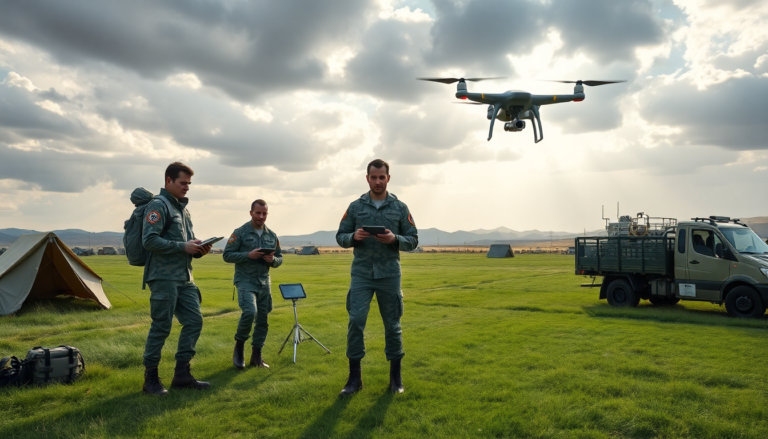Argomenti trattati
Imagine a world where the line between tech giants and military might blurs into a chaotic mess of innovation and ambition. Four big-name executives from Silicon Valley have decided to don uniforms, joining the U.S. Army Reserve as officers. What could possibly go wrong when the masterminds behind tech’s latest trends step into the military arena? It’s like letting a kid loose in a candy store—exciting, sure, but you just know chaos is on the horizon.
Silicon Valley meets the Army Reserve
The Pentagon has been reaching out to civilian experts for decades, but embedding tech execs directly into military ranks is a whole new level of desperation. Shyam Sankar from Palantir, Andrew Bosworth of Meta, Kevin Weil from OpenAI, and Bob McGrew from Thinking Machines Lab are the new recruits. They’re not just here to play dress-up; they’re charged with infusing their commercial tech expertise into military projects. Who knew that military strategy would come with a side of Silicon Valley flair? But let’s be real—what’s the endgame here? Are we really expecting these tech whizzes to turn soldiers into tech-savvy superheroes overnight?
A mission of innovation or a PR stunt?
The Army claims this initiative is about inspiring a new generation of tech professionals to serve while keeping their day jobs. Right. Because who wouldn’t want to be a weekend warrior after a grueling week of coding or data analysis? The first project on the table involves developing rapid tech solutions for complex military problems. Sounds good, right? But can you really trust a bunch of executives who typically deal with user experience and not with life-and-death situations? It’s like asking a chef to perform surgery because he knows how to handle a knife. You might want to think twice about that!
The tech giants’ military ventures
Let’s not forget the companies these execs represent. Palantir has been entrenched in military modernization for years. They’ve got their fingers in everything from intelligence analytics to deep-sensing capabilities. Meanwhile, OpenAI and Meta are also hopping on the military applications bandwagon. OpenAI is busy cooking up AI-enhanced air-defense systems, while Meta is cozying up with Anduril to develop AI tools for the military. This is starting to feel like a tech takeover, where the lines between corporate and combat are all but erased.
The future of human-AI collaboration
Then there’s Thinking Machines Lab, employing former OpenAI developers to focus on human-AI collaboration. This sounds fancy, but let’s cut to the chase: How will the Army integrate humans with machines in a way that’s not a total disaster? A battlefield full of robots and humans trying to figure out who’s in charge? That’s a recipe for disaster. The Army wants to become leaner and meaner, but isn’t that just a euphemism for cutting costs while hoping that tech will save the day?
Is this the dawn of a new era?
So, here we are, watching as Silicon Valley execs trade their suits for fatigues, hoping to revolutionize the military. Will this lead to a new era of innovation and efficiency, or will it simply highlight the absurdity of mixing tech with warfare? As the Army Secretary lays out plans for a more agile force, we can’t help but wonder if this is just a flashy façade hiding the same outdated military strategies underneath. Maybe the real question is: can tech truly save the military, or are we just setting ourselves up for an epic fail?

